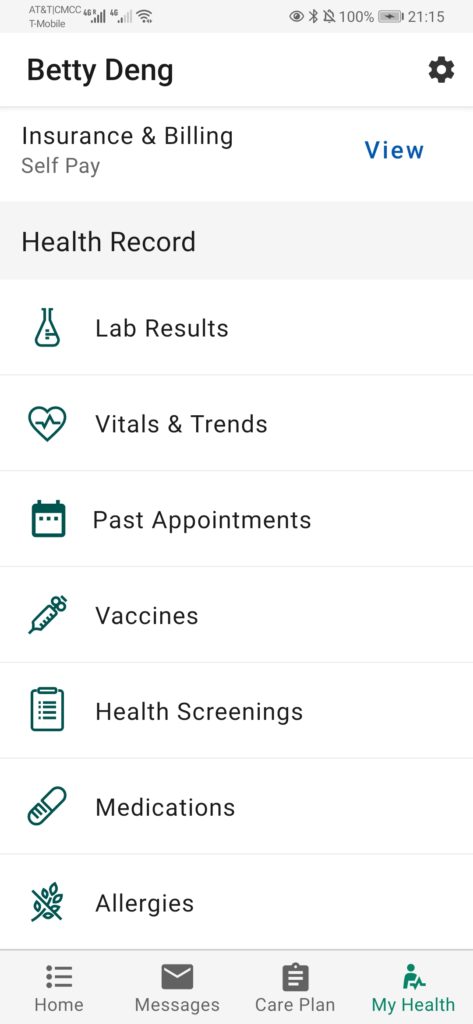Thanks to the complete language and writing systems of various countries, the icons used in modern people’s lives have got rid of the need to “be individually used as readable characters”. But we may notice that these icons and signs are all small pictures like symbols that symbolize things which allow us to associate some specific things with the shapes we see. This purely use of graphics to express meaningful content can be traced back to the hieroglyphics invented by the ancient Egyptians in 3200 B.C.
The biggest difference between writing and painting is that the former needs to be understood accurately. As one of the ways to convey information, words need to be memorized, written, and read. Before characters were invented, the ancients often used paintings depicting the world as symbols to communicate and exchange information. Naturally, people had a demand for transmitting information more conveniently and quickly. The ancients used lines or strokes to sketch out the appearance characteristics of objects to be expressed and then pictographs were born.
Compared with the earliest pictures and pictographs engraved on stone walls by human beings, the hieroglyphic invented by the ancient Egyptians have weakened their graphic depiction, while their symbolic significance has increased. Hieroglyphic allows people to more efficiently understand what the writer wants to express. Egyptian hieroglyphs need to be memorized and learned because they cannot be recognized as clearly as paintings or original pictographs.
Look at this Egyptian hieroglyph in the picture below. The shape outlined by its lines does not resemble the shape of a love heart that modern people are familiar with, but more like a jar or a container. But after you understand that it means “heart”, then you will feel that it indeed depicts the organ shape of the human heart.


Without prior learning and memorization, people may not be able to confirm the specific meaning of Egyptian hieroglyphs. However, this is how hieroglyphs show their concrete manifestation of symbolism. Once people learn to master the most basic characters, reading and writing would be much faster than drawing and the exchange of information would also be more convenient.
Take a look at the screenshots of One Medical’s interface below, you will see many icons with familiar styles. They are brief and clear, using simple straight lines, curves, and shapes to outline the things they symbolize. For example, the calendar icon symbolizing “book a visit” is actually a box with three white dots.
There are also some abstract concepts that are not so easy to be depicted through graphics. Such as allergies.

How does One Medical draw this icon through symbolism? The icon has five small leaves, symbolizing edible grains such as wheat. The icon is cut by a straight line drawn from the upper left to the lower right corner, forming a cross with the oblique angle of the wheat. Striking through is a simple pictorial means of negation. Together, this icon symbolizes inedible millet. Understanding this icon requires people to understand in advance that the cross is negative. It is a common negation symbol in modern people’s daily life, but if someone does not know the meaning of the negation, then it is difficult for him to understand this icon.



Your explanation made me feel the importance of common knowledge (education) which is a difference between us and the old times.
Yes, and it is interesting because the same thing happens when we are considering ourselves as interaction designers! We need to think about how modern people have already been trained by those “common knowledge”. For example, the “save” icon in most of the softwares and platforms are all like a small disk. But actually we don’t use disks like that any more in recent years. The metaphor is not working for us but we have been trained to know this icon means “save”. So it has also been a “common knowledge” for people.
As interaction designers, we design the appropriate solutions, or I would say affordances of a product indicating the user how it should be used. I believe there is a big part to understand where that common knowledge came from and why it is influencing our people in daily lives.
Nice analysis about needing to have some prior knowledge in order to understand these icons.
Thanks for your feedback, Erin. I actually had some new ideas linked back to interaction design when I noticed the significant influence of prior knowledge in the history of writing! Basically, as I replied Rebecca in my previous comment⬇️